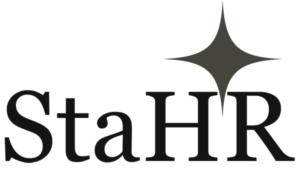Recruitment Process
The recruitment process consists of the following stages:
Job analysis
The proper start to a recruitment effort is to perform a job analysis, to document the actual or intended requirement of the job to be performed. This information is captured in a job description and provides the recruitment effort with the boundaries and objectives of the search. Oftentimes a company will have job descriptions that represent a historical collection of tasks performed in the past. These job descriptions need to be reviewed or updated prior to a recruitment effort to reflect present day requirements. Starting a recruitment with an accurate job analysis and job description insures the recruitment effort starts off on a proper track for success.
Sourcing
Sourcing involves 1) advertising, a common part of the recruiting process, often encompassing multiple media, such as the Internet, general newspapers, job ad newspapers, professional publications, window advertisements, job centers, and campus graduate recruitment programs; and 2) recruiting research, which is the proactive identification of relevant talent who may not respond to job postings and other recruitment advertising methods done in #1. This initial research for so-called passive prospects, also called name-generation, results in a list of prospects who can then be contacted to solicit interest, obtain a resume/CV, and be screened.
Screening and selection
Suitability for a job is typically assessed by looking for skills, e.g. communication, typing, and computer skills. Qualifications may be shown through résumés, job applications, interviews, educational or professional experience, the testimony of references, or in-house testing, such as for software knowledge, typing skills, numeracy, and literacy, through psychological tests or employment testing. Other resume screening criteria may include length of service, job titles and length of time at a job. In some countries, employers are legally mandated to provide equal opportunity in hiring. Business management software is used by many recruitment agencies to automate the testing process. Many recruiters and agencies are using an applicant tracking system to perform many of the filtering tasks, along with software tools for psychometric testing.
Onboarding
“Onboarding” is a term which describes the introduction or “induction” process. A well-planned introduction helps new employees become fully operational quickly and is often integrated with a new company and environment. Onboarding is included in the recruitment process for retention purposes. Many companies have onboarding campaigns in hopes to retain top talent that is new to the company, campaigns may last anywhere from 1 week to 6 months.

